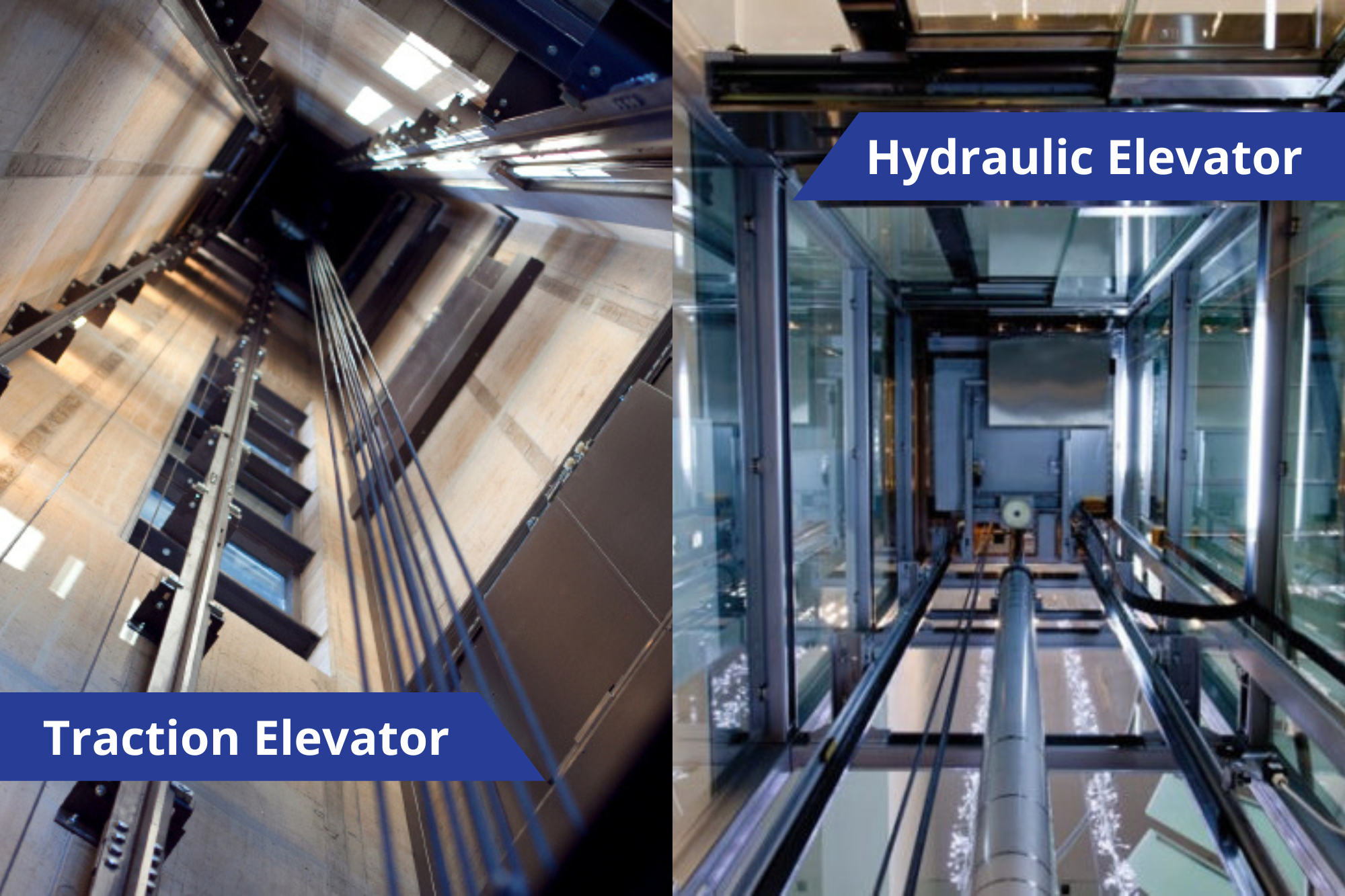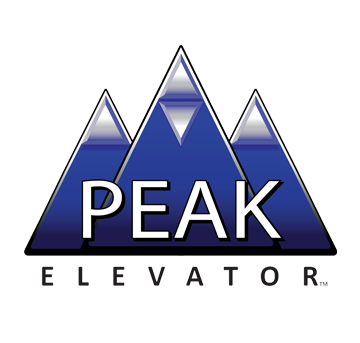
01 Feb Traction vs Hydraulic Elevator: Which Works for Your Commercial Property
In 1870, the first office building to feature an elevator was built by the Otis Elevator Company. It was based on hydraulics. But, hydraulic elevators are not the only option for commercial properties. You can also have traction elevators.
Understanding the differences between traction vs hydraulic elevator comes down to design and mechanics. Both models have benefits. Yet, finding the right option for your commercial property can be tricky.
You want an elevator that operates smoothly and is durable. So, here are the main differences between a hydraulic elevator and a traction elevator.
Main Differences Between a Traction Vs Hydraulic Elevator
As a commercial property manager, you must think about every building detail, from the roof structure to the elevator. Depending on the size of your property, some elevators might be too big for the space. At the same time, other office buildings might need a small design that can be easily installed.
For instance, traction elevators are a great choice if you want to monitor your energy usage. And if you want a functional design. Due to the design where the cab is raised and lowered with traction ropes/belts, there is less pressure on the motor. This means that the elevator can move the weight quickly and without problems.
Typically, traction elevators offer a smoother experience. This could be ideal for people who need a commercial elevator for their employees. You can find traction elevators in many Denver commercial properties.
When considering the differences between traction vs hydraulic elevator, you need to consider the cost.
Hydraulic Elevators
Hydraulic elevators are the more affordable choice for commercial properties and are also less expensive to repair. If you have a small property, this could be a good option within your budget requirements. The way hydraulic elevators transport weight is through a fluid piston.
Traditionally, this fluid is oil-based. You can also use alternative oils like vegetable oil to reduce environmental impact. For environmentally-conscious companies, this is a great way to incorporate eco-friendly practices into your business.
You can pick between two types of hydraulic elevators, such as holed or holeless varieties. A professional elevator company will assist you when choosing the best design for your space, as you need to think about installation accessibility and height.
Traction elevators provide a smooth ride but cannot handle as much weight as hydraulic elevators. Although once you install a traction elevator, you can leave it in place for a long time, meaning there are fewer repair costs.
On the other hand, hydraulic elevators are affordable to install and have affordable repair costs. So, you can decide which is best for you, then reach out to an elevator company like ours for an estimate.
Elevator Services Made Easy
After making your final choice between traction vs hydraulic elevator, you will need a reliable elevator service on call if you run into any issues.
Our team offers elevator maintenance, elevator repair, and elevator modernization services. Give us a call today and request an estimate for your commercial property.



Sorry, the comment form is closed at this time.